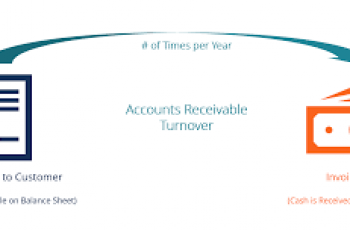What is Year Over Year Growth?
Before talking about how to calculate year over year growth, first, let us define it and then discuss how knowing the health of your business’s financial puts you in a better position for decision making. Year over year growth is the comparison of one period with the same period from the previous year. The period is typically a month or quarter.
Calculating YoY metrics is sometimes called annualizing, and it’s one of the best ways to develop a longer-term understanding of your business’s performance.Unlike standalone monthly metrics, YoY gives you a picture of your performance without seasonal effects, monthly volatility, and other factors.
Common YoY financial metrics
Here is a list of the most commonly used financial metrics for conducting a year-over-year comparison:
- Sales revenue – how much have sales increased or decreased year over year.
- Cost of Goods Sold (COGS) – how well has the company been able to manage its gross margin.
- Selling General & Administrative expense – how well have executives managed their corporate office expenses.
- Earnings Before Interest Taxes Depreciation and Amortization (EBITDA) – a measure of operating profit and a proxy for cash flow.
- Net Income – comparing the bottom line of the business over time.
- Earnings Per Share (EPS) – looking at the bottom line on a per-share basis.
Why is Year Over Year Growth Important?
It accounts for seasonality. The main reason businesses will calculate the YoY growth rate of any particular metric is to measure long-term business performance while accounting for seasonal fluctuations or market volatility that are outside the company’s control.
Comparability. YoY provides results in percentage terms which are convenient for comparing companies of different sizes as part of market and competitor analysis.
Volatility. YoY calculation can also smooth out volatility throughout the year to compare the net overall net results.
It gives you a long-term view of performance. While keeping track of daily revenue will give you some idea of how your business is doing, annualizing a company’s performance simply provides a fuller, more comprehensive understanding of where your business stands and where it might improve.
Provide would-be lenders with a sense of your company’s overall health. This growth statistic demonstrates to lenders that your company’s in good financial health almost as a thumbnail sketch of whether or not you’re likely to have continued success.
Ease of use. The YoY is a very easy metric to calculate, understand and use.
Disadvantages of Year Over Year Growth.
YoY growth is ineffective for highlighting short-term changes because it can’t account for volatility. Tracking annual numbers will provide a more accurate account.
A startup business or one with less than 13 months of operation will not benefit from it simply because there isn’t a previous year with which to compare data.
Formula to Calculate YoY.

Example:
Suppose in July 2019 a shop made a revenue of $50,000 and in 2020 July the same shop made a revenue of $ 70,000. Calculate the YOY growth.

Therefore, the shop’s YOY growth is 40%.

